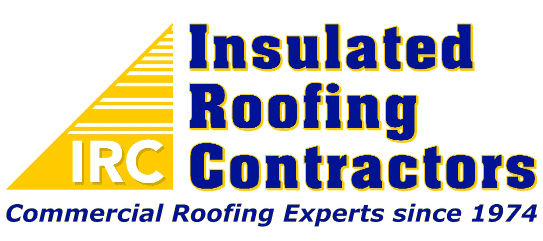Even Some of the Smallest Things Can Have a Huge Impact
Sometimes we neglect minor tool and equipment safety. This is due partly because we have other higher priority safety concerns, like fall and respiratory protection, but these minor tools and equipment can cause some serious injuries or even death if not handled safely and properly. Maintaining a safe working environment is the responsibility of everyone, accidents and diseases aren’t just “a part of the job”. Without exception, all work-related injuries and fatalities can be avoided.
Blades and Knives
In the construction industry we tend to use blades and knives for random things from cutting open a box to cutting strapping. It is inevitable that at some point an employee will use a blade or knife while working. For such a small tool it can cause some of the worst injuries. This tool can cut to the bone instantly! In fact nearly 40 percent of all injuries attributed to manual workshop tools in the US involve knives with retractable blades. Many accidents involving utility knives occur for the following reasons:
- Drawing the knife towards you instead of away from your body.
- Working with a dull blade. (Dull blades require more pressure, increasing the potential for injury.)
- Trying to cut more than the knife can handle.
- Improperly storing the knife with the blade extended.
- Failing to wear personal protective equipment.
- Neglecting to inspect the tool before use.
To prevent knife injuries there are two golden rules in knife safety: 1) Always cut away from yourself and 2) a sharp knife is safer than a dull knife. Make sure you are using the right knife for the job. A good sharp knife should cut without difficulty, allowing you to get the job done quickly and safely. Remember that utility knives are extremely handy on the job, but they can also be handy in causing serious injuries.
Ladder Safety
As soon as you set foot on the ladder’s first rung and pull your body off the ground, gravity works to bring you back to earth. Therefore, it’s no surprise that ladder safety begins from the ground up. Proper ladder setup will help prevent slips and falls. Place the base on a firm, solid surface. Avoid slippery, wet or soft surfaces. If you must put the ladder on a soft surface, place a board under the ladder’s feet to provide firm footing or position the feet so that they pry into the soft ground. Make sure the top of the ladder has firm support as well. An extension ladder should be placed 1 foot away from the surface it rests against for every 4 feet of ladder height. For example, if the ladder is 4 feet high, the bottom of the ladder should be 1 foot away from the support surface. When you are using a ladder to access the roof, make sure the ladder extends at least 3 feet over the roof. Be sure to securely fasten straight and extension ladders to the upper support. If you have angled the ladder properly and still have doubts about its stability, have someone hold the ladder before climbing up.
When you climb, always face the ladder and grip the rungs of the ladder to climb, not the side rails. Never get on or off a ladder from the side unless it has been secured to prevent movement. Never climb with equipment in your hands. Use your pockets, equipment belt, or a tool pouch and raise heavy objects with a hand line. If you forget something, always climb down the ladder to retrieve it yourself. When you descend a ladder, practice the same safety rules. Face the ladder, keep your body square and hold on to the rungs. Lastly, step off at the bottom rung of the ladder. Never jump off of a ladder. Ladder safety may seem simple, but injuries occur every day.
Pressure Washers
Pressure washers are used to clean equipment, materials and work areas on the job. This might not seem dangerous, but can lead to serious injury if used as a toy. They can also cause injuries. Because the water is under pressure, it moves with enough force to cause damage to the eyes or skin and contribute to other types of injuries. Close contact with a pressure washer’s flow to your skin actually abrades away the skin layer by layer rather than cuts and causes injuries that are hard to heal and scar for life. Never point the gun valve at yourself or another person. Always wear proper skin, foot and face protection. Check all hose-connections to ensure they are in the locked position before starting and always relieve the pressure in the system before uncoupling the hoses. The noise can also damage hearing.
For safer use of a pressure washer, follow these tips:
- Read your operator’s manual and follow the manufacturer’s instructions for safe use, maintenance and storage.
- Wear eye and hearing protection when you use a pressure washer.
- Avoid contact with the high-pressure stream of water. Keep your hands, feet and body out of the way.
- Always wear good footwear and clothing (preferably long pants and sleeves) when using a pressure washer.
- To keep control of the water stream, hang on to the spray wand with both hands.
- Never point the sprayer at another person, whether the pressure washer is operating or not. It could discharge unexpectedly.
- Maintain good footing. Do not reach so far that you lose your balance.
- Do not let children use a pressure washer.
- Do not use a pressure washer in an area where the water could contact electrical equipment.
Pressure washers get the job done quickly and well. But they have the potential for causing injury, so use them safely at work and at home.

